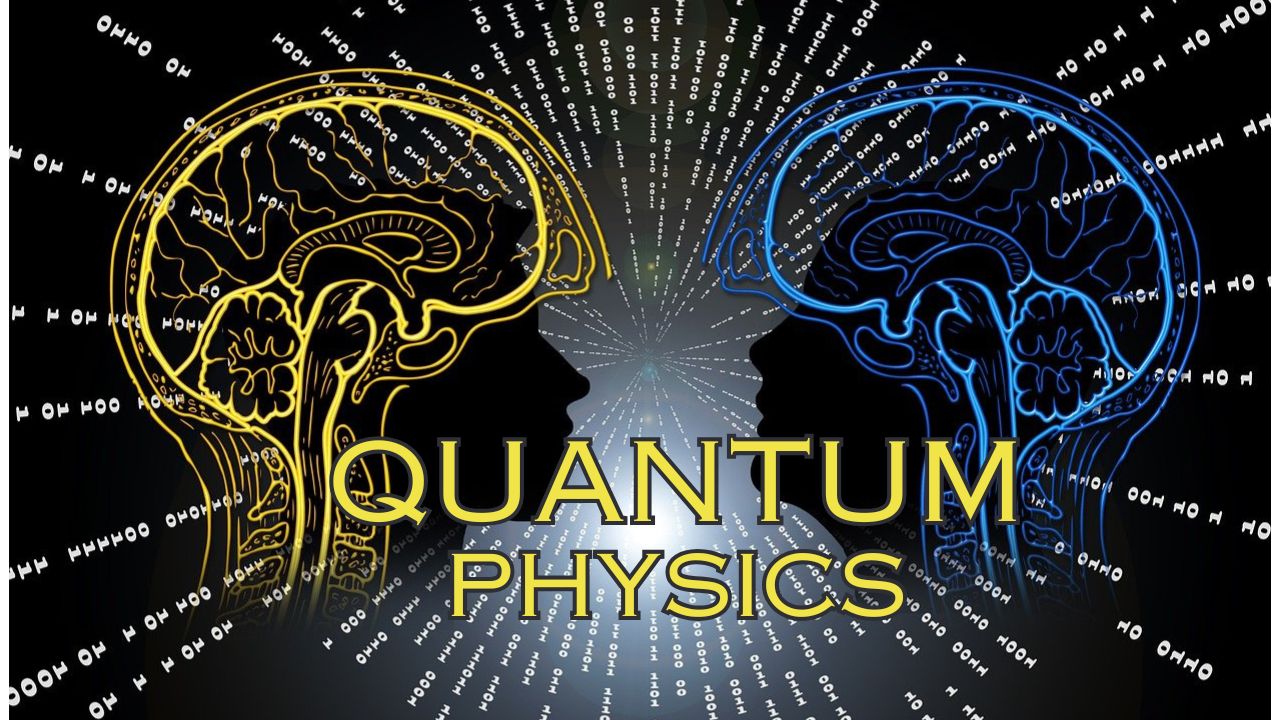Quantum physics can be daunting, isn’t it? Most people think it’s too complicated. Don’t worry though !
In this blog post, we will demystify quantum physics for you. By the end, you will understand the basics of quantum mechanics in simple terms.
What Is Quantum Physics?
Quantum physics is the study of very tiny particles. These tiny particles exhibit peculiar behaviors. They do not follow standard rules of physics because they are tiny. They follow quantum rules instead.
It helps us understand how the smallest things in the universe behave.
Unlike classical physics, which explains how big things like cars and planets move, quantum physics looks at atoms and subatomic particles. These particles behave in strange and unpredictable ways!
Classical Physics vs. Quantum Physics
In classical physics, objects follow predictable laws. If you throw a ball, it moves in a straight line or curves in a predictable way.
However, in quantum physics, tiny particles don’t move in a straight line. They can take multiple paths at the same time!
For example, in classical physics, a train moves on a set track from one station to another. But in quantum physics, a train could take all possible routes at the same time until you look at it! Sounds weird, right? That’s the magic of quantum mechanics!
Important Concepts in Quantum Physics
Some key concepts in quantum physics are:
Wave-Particle Duality
Tiny particles like electrons are wave-like and particle-like simultaneously. Consider a pebble thrown into a pond. The ripples move out in a wavelike motion. Electrons do the exact same thing! They are small balls at times and wavelike at others.
This was first discovered through the double-slit experiment, where electrons behaved like waves when not observed, but like particles when measured. It showed that how we observe something can change its behavior!
Superposition
Quantum particles can exist in more than one state at the same time. Consider flipping a coin. It typically lands on heads or tails. But in quantum physics, the coin could be heads and tails at the same time until you look at it!
A famous thought experiment called Schrödinger’s Cat explains this. Imagine a cat in a closed box with a 50% chance of being alive and 50% chance of being dead.
Entanglement
Quantum particles are connected to each other no matter how far apart they are. If you change one particle, the other particle changes instantly, even if they are millions of miles apart!
It’s like having two magic dice that always roll the same number, no matter how far apart they are. Albert Einstein called this “spooky action at a distance.” Scientists still don’t fully understand how it works, but they are using it to develop ultra-secure communication systems.
Uncertainty Principle
It isn’t possible to know everything at once about a quantum particle. For example, if we know where it is, we can’t know its speed exactly. This concept is known as Heisenberg’s Uncertainty Principle.
Imagine you are trying to take a picture of a moving car. If you capture a clear image of the car’s location, you won’t be able to tell how fast it was moving. But if you take a motion-blurred picture, you can tell the speed but not the exact location.
In the quantum world, this isn’t just a problem of measurement—it’s a fundamental law of nature!
Where Is Quantum Physics Used?
You might think quantum physics is just theoretical, but it actually affects our daily lives. Here are some real-world applications:
Quantum Computers
Computers use bits (0s & 1s) to process information. Quantum computers use qubits, which can be 0, 1, or both at the same time (thanks to superposition).
This makes them extremely fast!
Quantum computers can solve problems that would take normal computers thousands of years in just minutes. They could revolutionize medicine, weather prediction, and artificial intelligence.
Cryptography and Security
Because of quantum entanglement, scientists are developing quantum encryption to make communication 100% secure. Any attempt to spy on a quantum-encrypted message would change the data, making it useless to hackers.
Medical Technology
Quantum mechanics is used in medical imaging techniques like MRI scans (Magnetic Resonance Imaging). These scans help doctors see inside the human body without surgery.
Lasers and Electronics
Lasers, LEDs, and even your smartphone screens work using quantum mechanics. Without it, modern technology wouldn’t exist!
Why Is Quantum Physics So Weird?
Quantum physics is different from what we experience in daily life. That’s why it seems so strange. However, scientists have tested these ideas over and over, and they always hold true!
Even though quantum physics is weird, it is also extremely powerful. It explains how the universe works at its most fundamental level.
Final Thoughts
Quantum physics may sound bizarre, but it really does make a difference. It teaches us to think in a different way about nature. People continue to learn new things every day about quantum physics. So, weird as it may sound, it is also very exciting!
That’s all! You now have the essentials of quantum physics under your belt. Continue discovering and learning!
Would you like to learn more ?
Let us know in the comments !

